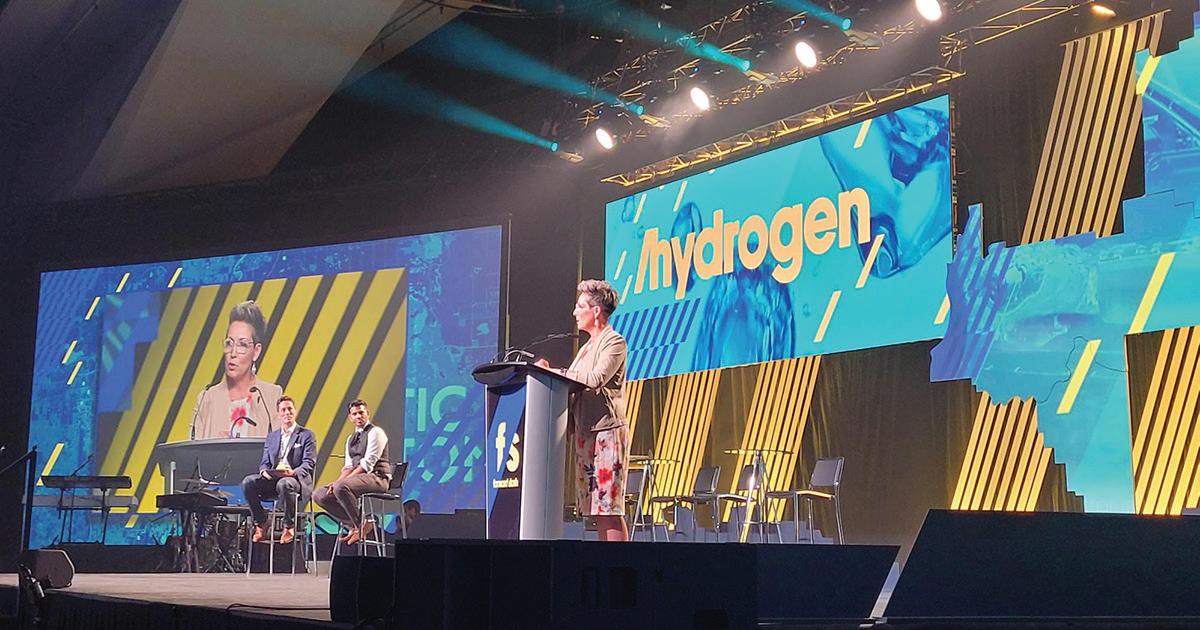
1 minute read
EMBRACING HYDROGEN OPPORTUNITIES WITHIN THE CLEAN ENERGY ECONOMY
from County Connections
to collaborate with our neighbours and share resources to deliver on that commitment.”
Construction of the approximately 600-metre-long and three-metre-wide asphalt trail extension started in the spring of 2023 and was completed this fall. The project joined the existing pathway west of Highway 28 to the path owned by the Edmonton Garrison.
Alberta is the largest hydrogen producer in Canada, and Sturgeon County – alongside existing industry – is leading the transition to a low-carbon future.
Hydrogen is a low-carbon energy source that only produces emissions in the form of water vapour. By 2050, 30 per cent of enduse energy is expected to be from hydrogen.
Mayor Alanna Hnatiw is the chair of the Edmonton Region Hydrogen Hub, which helps advance the hydrogen industry in the region, province and country.

“Hydrogen is our future, and we are taking a leadership role in investing in and cultivating the hydrogen industry,” said Hnatiw. “The region has vast experience and expertise in hydrogen production and carbon capture and storage, due in large part to industry in Alberta’s Industrial Heartland, which is partially located in Sturgeon County. This means we are well-positioned to lead these efforts.”
The Edmonton region is among the world’s lowest-cost producers of low-carbon hydrogen, and the Heartland area is Canada’s largest hydrocarbon-processing region, producing thousands of tonnes of hydrogen each day.
Currently, two refineries – NWR Sturgeon Refinery and Shell –operate in the Heartland with carbon capture technology and are proving that carbon capture, utilization, and storage (CCUS) can safely and effectively reduce CO2 emissions from the energy industry. Sturgeon County is a key location for the deployment of CCUS technology, with three of the six provincially approved storage hubs located within our borders.
The Edmonton region is home to more than 25 projects relating to the production, transportation and end use of hydrogen, and CCUS. This is helping the region compete on a global level in the production and export of low-carbon hydrogen. There is significant economic opportunity associated with low-carbon hydrogen; by 2050, it’s expected to be an up-to-$2.5 trillion global industry.
The County is currently exploring ways to adopt innovative hydrogen technologies in its municipal operations, which demonstrates environmental stewardship, and will save taxpayers money.










